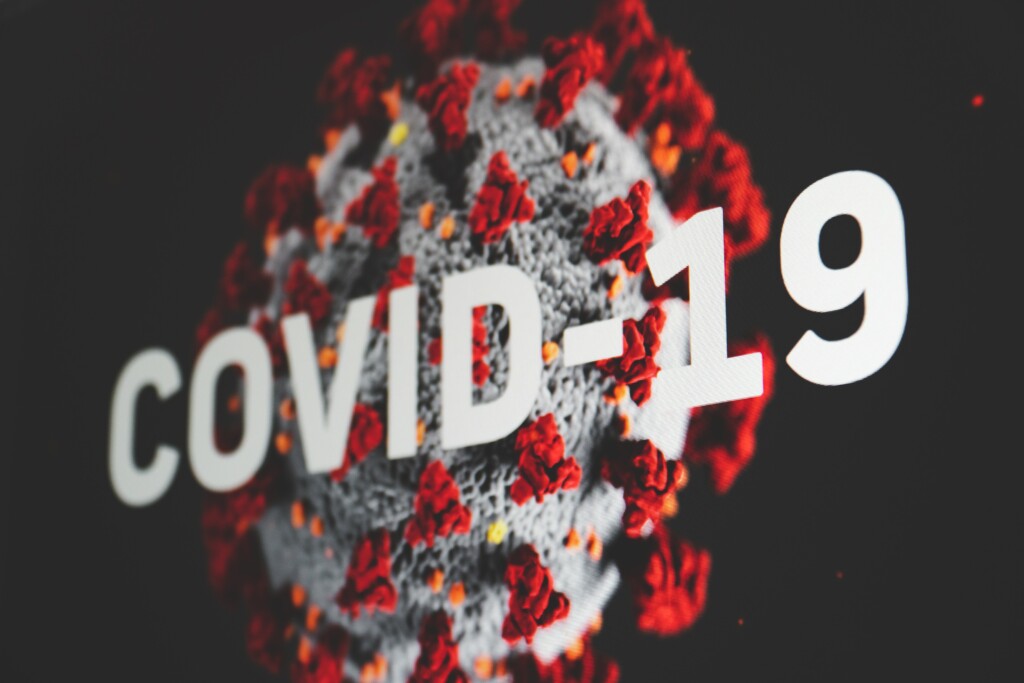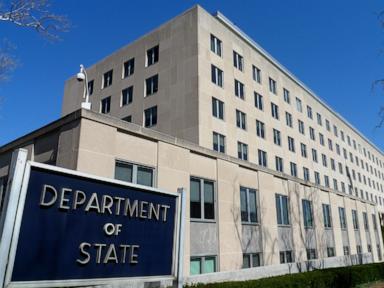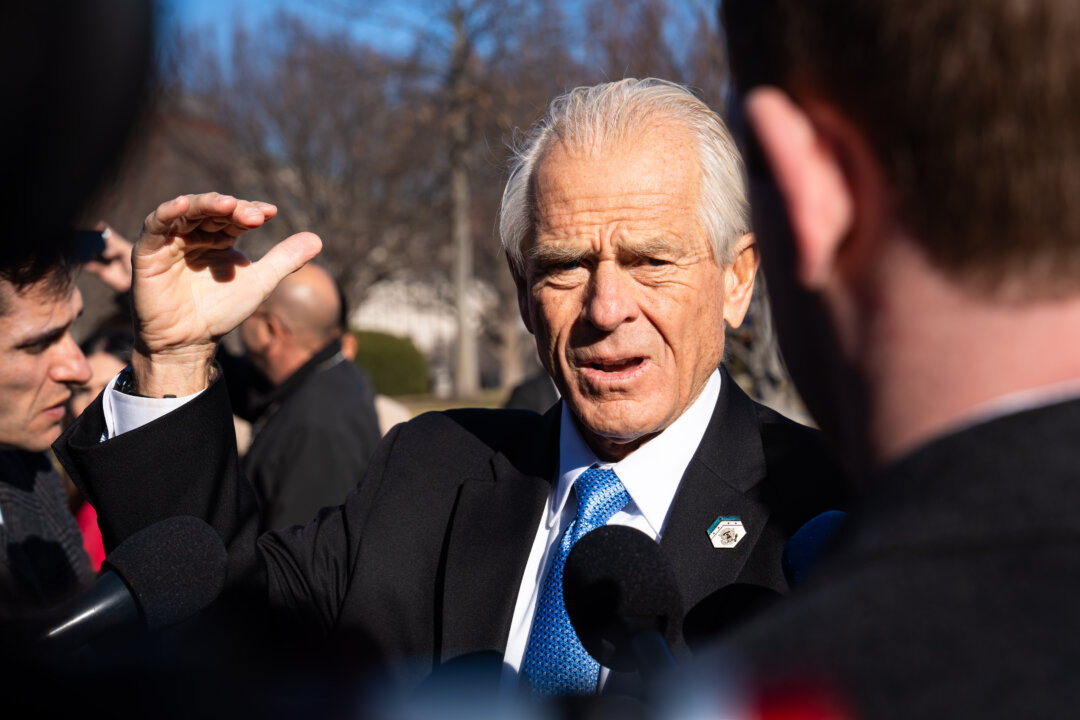
Blog
April 9, 2025 | Source: Organic Consumers Association
Along with engineering crops to be soaked in carcinogenic herbicides, Monsanto had another dastardly plan: to genetically modify plants to produce their own insecticides.
Monsanto’s first GMO crops were planted in the 1995-1996 growing season. As GRAIN reported in “ROUNDUP READY OR NOT,” these were:
* Bollgard® cotton, carrying a gene isolated from the soil microorganism Bacillus thuringiensis (Bt) which is toxic to certain insects;
* New-Leaf® potato, also carrying a Bt gene against Colorado potato beetle; and
* Roundup Ready® soybean, carrying the RR gene which is engineered to help plants withstand applications of glyphosate, the active ingredient in Monsanto’s Roundup herbicide.
In 2003, they were followed by Monsanto’s YieldGuard Bt-insecticide-producing corn.
Pesticide-producing Frankenfoods should have been subject to rigorous pre-market safety-testing under Congress’s 1958 Food Additives law that would have required the Food & Drug Administration to approve or reject each new GMO based on scientific evidence.
Instead, they were slipped into the food supply under a 1992 policy of the George H.W. Bush Administration’s FDA to exempt GMOs from the law by declaring them “generally recognized as safe.”
GRAS was meant for common, pre-1958 processed food ingredients like sugar and gelatin. It should never have been used to give a free pass to a new technology that would put things in our food we’d never eaten before.
President Clinton’s FDA struck an even greater blow to food safety in 1997, when it began allowing manufacturers to secretly determine that a substance is GRAS–without seeking the FDA’s approval or even notifying the agency! After that, the FDA only reviewed GRAS determinations that companies voluntarily chose to submit to the agency; it didn’t keep track of GRAS determinations companies made but did not inform the FDA of.
It’s about time the GMOs-are-GRAS policy was reversed, and there’s hope this could happen now. President Trump’s new Health & Human Services Secretary Robert F. Kennedy, Jr., has ordered the Food & Drug Administration to close the GRAS loophole.
Could this mean GMOs might get the scientific reviews waived by earlier administrations? If so, what might we learn about what GMOs have been doing to human health since the late 1990s?
Because of the 1992 FDA decision to treat all GMOs as GRAS, the safety of eating Frankenfoods that have been genetically engineered to contain insecticides has never been reviewed in the U.S., but it was studied in the U.K., by Árpád Pusztai, Ph.D.
In 1995, Dr. Pusztai was working at the U.K.’s Rowett Research Institute where he had served with distinction for 35 years. Rowett was one of three institutions that won a £1.6 million competitive, peer-reviewed joint contract from the Scottish Office of Agriculture, Environment and Fisheries Department to conduct the world’s first independent research on the safety of genetically engineered food. In truth, it wasn’t even entirely independent. The contract provided that Dr. Pusztai and his fellow researchers would share the profits of the enterprise with Axis Genetics, the Cambridge biotechnology company whose product, genetically engineered insecticide-producing potatoes, would be tested.
The scientists were virtually certain their research would prove that GMOs were safe. As Dr. Pusztai wrote in 2002, he was researching a gene that he had every reason to believe could do “the job of controlling insect damage but which wouldn’t do any harm to the rat.” As he explained:
“The idea was to use the gene of snowdrop bulb lectin, GNA, because we knew that it would not pose major health problems for the animals, according to our previous studies (Pusztai et al., 1990). We had done extensive nutritional-physiological studies for 6 years and published them before the genetic transformation was carried out. In these studies we incorporated the gene product, GNA, into the rats’ diet at different concentrations; we went up to something like 800-fold the level that we were expecting to be expressed in the potatoes. The rats still had no major health problems. So we had the assurance that this was a safe lectin and therefore a safe gene.”
But the results were unexpected. In Dr. Pusztai’s words, they noticed they were “beginning to obtain nutritional data which somehow did not fit into our ideas. Somehow the gene product was safe when one used GNA sprinkled on to the diet, but it was less safe when expressed by the GM potatoes: in fact, expressed at a lower level than in the GNA-supplemented control diet. We couldn’t understand how.”
Before the findings were published, the British TV show “World in Action” reached out to the Rowett Research Institute to get a scientist’s opinion on the safety of genetically modified foods. Rowett’s director assigned Dr. Pusztai to do the interview.
The surprise was, Dr. Pusztai told the truth!
As Jeffrey Smith recounts in his definitive book on genetic engineering, Seeds of Deception:
“Pusztai’s interview lasted about two hours and was eventually edited for a 150-second broadcast. The final cut included Pusztai saying that the effect of the experimental GM potatoes on rats ‘was slight growth retardation and an effect on the immune system. One of the genetically modified potatoes, after 110 days, made rats less responsive to immune effects.’
“Asked if he would eat GM foods himself, he said, ‘If I had the choice I would certainly not eat it till I see at least comparable experimental evidence which we are producing for our genetically modified potatoes. I actually believe that this technology can be made to work for us. And if genetically modified food will be shown to be safe then we have really done a great service to all our fellow citizens. And I very strongly believe in this, and that’s one of the main reasons why I demand to tighten up the rules, tighten up the standards.’
“He added, ‘We are assured that: ‘This is absolutely safe. We can eat it all the time. We must eat it all the time. There is no conceivable harm which can come to us.’ But, as a scientist looking at it, actively working on the field, I find that it is very, very unfair to use our fellow citizens as guinea pigs. We have to find the guinea pigs in the laboratory.’”
Dr. Pusztai never meant to become an anti-GMO campaigner. He was just doing his job and telling the truth, but after his “World in Action” appearance, he was fired, his lab notes were confiscated, he was locked out of his computers, and he was put under a gag order.
Stanley Ewen, a fellow scientist who still had access to some of the data bravely stepped up to help and they published “Effect of diets containing genetically modified potatoes expressing Galanthus nivalis lectin on rat small intestine” together in the Lancet in October 1999.
In Seeds of Deception, Jeffrey Smith summarized the full findings from Dr. Pusztai’s research:
“He found that rats which were fed GM potatoes suffered damaged immune systems. Their white blood cells responded much more sluggishly than those fed a non-GM diet, leaving them more vulnerable to infection and disease. Organs related to the immune system, the thymus and spleen, showed some damage as well.
“Compared to rats fed a non-GM control diet, some of the GM-fed rats had smaller, less developed brains, livers, and testicles. Other rats had enlarged tissues, including the pancreas and intestines. Some showed partial atrophy of the liver. What’s more, significant structural changes and a proliferation of cells in the stomach and intestines of GM-fed rats may have signaled an increased potential for cancer.
“The rats developed these serious health effects after only ten days.
“Some of these changes persisted after 110 days, a time period corresponding to about 10 years of human life.”
Dr. Pusztai’s findings were replicated in the few studies that were done after his research was shut down. As he wrote in 2008, “The evidence for the survival of the Bt toxins in the digestive tract and internal organs is clear-cut.”:
“The MON 863 study revealed that feeding rats on transgenically expressed Bt toxin in maize caused kidney and liver problems in addition to interfering with the normal growth of young rats (Seralini et al. 2007). Bt toxin expressed in potatoes caused major changes in the small intestine of mice (Fares, N.H. and El-Sayed, A.K. (1998). Fine structural changes in the ileum of mice fed on delta-endotoxin-treated potatoes and transgenic potatoes (Natural Toxins 6, 219-233).”
Subsequent studies have produced strikingly similar results. As GMO/Toxin Free USA reported:
“Scientists found that Bayer-Monsanto’s GMO Bt toxin corn is NOT substantially equivalent to its Non-GMO parent.
“While Monsanto claims there is no evidence of toxicity in their voluntary safety assessments, which are not peer-reviewed, these independent scientists will tell you otherwise.
“By the 91st day of their studies, they found evidence of kidney, liver and intestinal toxicity, as well as male infertility. And an investigation by Testbiotech found that Monsanto’s own data, from 30 years ago, revealed that Bt proteins expressed in genetically modified plants are significantly more toxic than natural Bt toxins.”
Dr. Pusztai passed away in 2021 at the age of 91. You can learn more about Dr. Pusztai’s extraordinary contribution to food safety by watching Jeffrey Smith’s moving tribute, “Goodbye to our hero, Árpád Janos Pusztai.”
Today, the harm Monsanto has done to human health with its insecticide-producing crops looks even more diabolical now that we know that it’s been a disaster for farmers, too.
Just as the weeds developed resistance to Roundup, pests became immune to the insecticide crops. This was great for Monsanto—farmers had to give them more money for more insecticides to control the resistant bugs.
In just one generation, it hurt agriculture so badly that by 2020, the pest problem was so out of control and farmers were so desperate that the Trump Administration’s Environment Protection Agency proposed a national phase-out of all Bt corn and cotton varieties except for one, Syngenta’s Vip3A protein, which had yet to develop insect resistance.
This wouldn’t have helped make our food any safer. If we go by what Dr. Pusztai learned, we have to assume Syngenta’s GMO—now owned by ChemChina—is just as dangerous as Monsanto’s, but at least farmers wouldn’t be paying top dollar for useless GMO seeds.
The proposed phase-out has yet to come to pass, so it’s worth reviewing what gave Monsanto (now Bayer) the power to control the seed market this way. GRAIN explained back in 1997, it just bought up all the seed companies until it had no competitors, even if it had to pay way more than the companies were worth:
By February 1997 Monsanto had bought:
* a 49.9% stake in Calgene for US$ 80 million in 1995 and an additional 6.25 millions shares in December 1996, bringing Monsanto’s ownership to a majority 54.6%;
* a US$ 158 million chunk of DeKalb’s stock (10% of its voting stock of and 43% of its non-voting stock) in early 1996; DeKalb is among the United States’ top seed companies;
* biotech heavyweight Agracetus from WR Grace for US$ 150 million in early 1996; Agracetus holds major patents of interest to Monsanto;
* US$ 25 million worth of Bt technology from Ecogen in early 1996 (including US$10 million shares in Ecogen’s common stock);
* Asgrow Seed Company for US$ 240 million in late 1996; Asgrow holds about 18% of the US soybean seed market and thus turns from competitor to Roundup Ready® delivery mechanism;
* Holden’s Foundation Seeds for a whopping US$ 1.02 billion or nearly one-fifth the value of the entire planet’s commercial seed industry;
* Holden’s is the humble supplier of some 35% of the American maize industry’s breeding lines.
The Holden purchase is like buying one of the best genebanks in the world, if genebanks were normally for sale.
It’s hard to stand up to such a powerful monopoly, but if that isn’t what the FDA and EPA are for, what’s the use of a government?
The post Will Pesticide-Producing GMOs Finally Get the Scientific Review Waived By Earlier Administrations? It’s Up to Kennedy appeared first on Organic Consumers.
.png)













 English (US)
English (US)